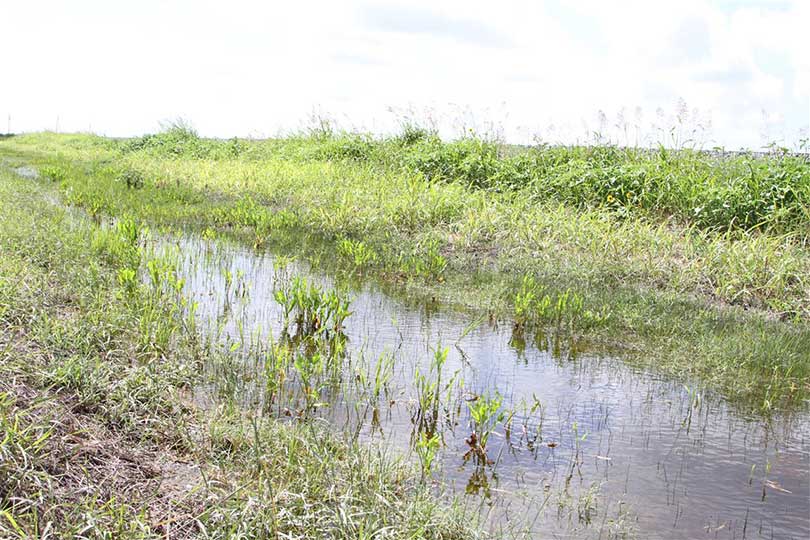A unanimous Supreme Court ruled late last week that landowners may challenge the federal government whenever the Army Corps of Engineers tries improperly to regulate land with regulations designed to protect water.
Landowners have attempted many times to challenge Corps rulings known as jurisdictional determinations, but the government successfully argued that those determinations were not “final agency actions” and the lawsuits were dismissed, according to the American Farm Bureau Federation (AFBF).
Now, when the Corps asserts jurisdiction over low spots that look more like land than water, it will have to do so with the knowledge that its jurisdictional determination can be tested in court.
“[This] decision removes a huge roadblock that has prevented landowners from obtaining relief from the courts when the Corps illegally claims their land is federally regulated water,” AFBF President Zippy Duvall said. “Now, farmers and ranchers can have their day in court when the government tells them they cannot plow a field or improve a ditch without a federal permit.”
AFBF filed amicus curiae briefs in the lower court and the Supreme Court in support of the plaintiffs who were represented by the Pacific Legal Foundation. The case was titled United States Army Corps of Engineers v. Hawkes Co., Inc.
The ruling builds on another unanimous ruling, Sackett v. EPA. The Court recognized that once the Corps finds that a landscape feature is a “water of the United States” (WOTUS), there are immediate and often dire legal consequences to the landowner.
A farmer can continue a farming activity that results in an unlawful discharge and face an enforcement action with civil fines up to $37,500 a day per discharge or even criminal penalties. Or the farmer can spend tens, if not hundreds, of thousands of dollars seeking federal Clean Water Act permits over several years only to have the permit ultimately denied.

